Salmon, renowned as the Forest Planters of the Sea, are known for their epic migrations, incredible leaps, and awe-inspiring journey through formidable obstacles, such as the jaws of hungry grizzly bears. These remarkable creatures return to their birthplace, spawn, give life to new generations, and ultimately perish. However, what many are unaware of is the pivotal role salmon play in forest regeneration, as they plant trees from the sea. The Forest Planters of the Sea.
The Multifaceted Role of Salmon, Forest Planters of the Sea
Salmon serve multiple functions in nature; they are more than just a delicacy. One of their most important roles is fertilizing the soil, creating intricate biological connections within the vast Canadian temperate rainforests, the largest of their kind on the planet.
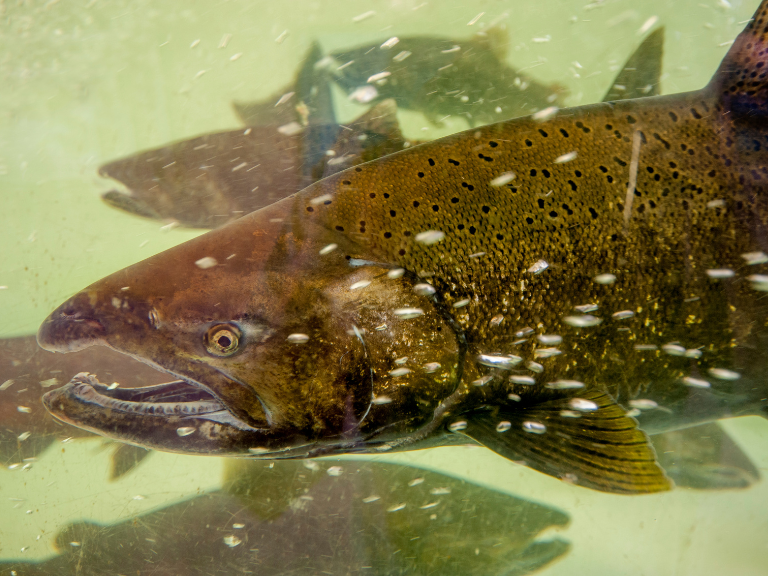 Black bears, grizzly bears, wolves, foxes, bald eagles, minks, moose, deer, ravens, and countless other species thrive thanks to the presence of salmon in these lands. Without them, numerous species would disappear, river ecosystems would undergo significant transformations, and overall functionality would be compromised. But how exactly do salmon become forest planters of the sea?
Black bears, grizzly bears, wolves, foxes, bald eagles, minks, moose, deer, ravens, and countless other species thrive thanks to the presence of salmon in these lands. Without them, numerous species would disappear, river ecosystems would undergo significant transformations, and overall functionality would be compromised. But how exactly do salmon become forest planters of the sea?
The Magnificent Annual Migration
For over six million years, these fish have been returning to the Canadian Pacific coasts, undertaking one of the world’s largest annual animal migrations, with hundreds of millions of individuals navigating a maze of challenges.
Overcoming Challenges in the Journey
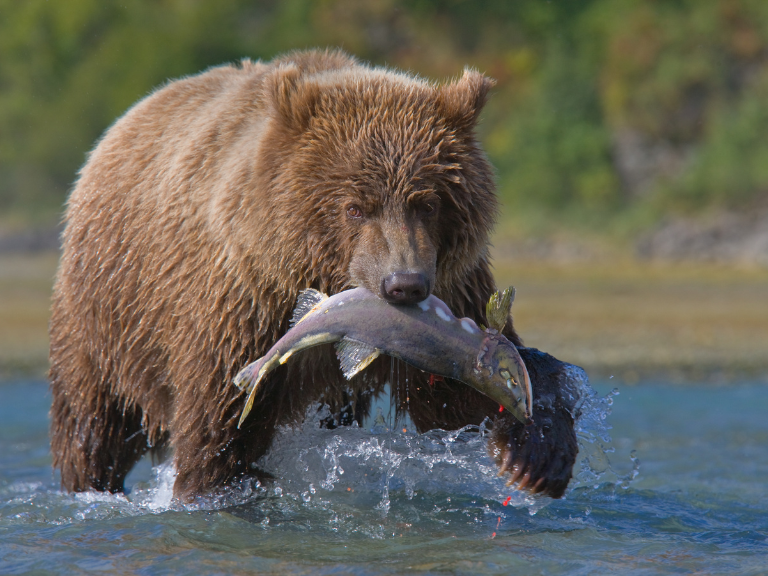 Hungry wolves lurk in the estuaries where salmon patiently wait for the right moment to start their upstream migration—an initial obstacle they must overcome. In the sea, orcas also vigilantly stalk them until the opportune moment, following the first salmon that ventures upstream, triggering a massive movement of hundreds of thousands of individuals seeking to leave a procreative legacy.
Hungry wolves lurk in the estuaries where salmon patiently wait for the right moment to start their upstream migration—an initial obstacle they must overcome. In the sea, orcas also vigilantly stalk them until the opportune moment, following the first salmon that ventures upstream, triggering a massive movement of hundreds of thousands of individuals seeking to leave a procreative legacy.
When the tide recedes, the wolves find it easier to catch more fish than they can eat, which marks the beginning of the salmon’s magical contribution to life in the vast temperate rainforests of North America.
Salmon and the Anisakis Parasite
Many salmon are hosts to a parasite known as Anisakis, whose life cycle occurs exclusively in the sea. The parasite’s eggs are ingested by small crustaceans, which are then consumed by larger fish, such as salmon. Inside the salmon, the parasite develops in the viscera, mainly in the liver but sometimes spreading to the muscles.
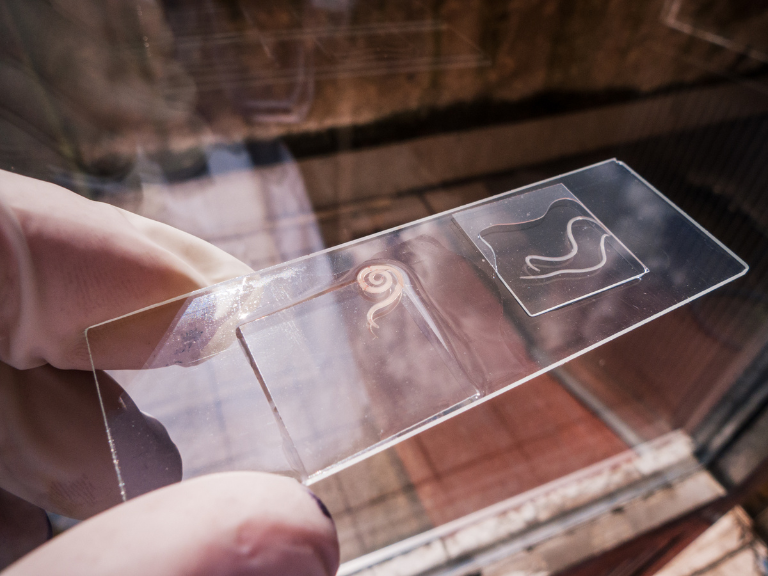 The cycle is completed when a marine mammal preys upon the fish hosting the parasite. Upon ingestion, the parasite matures and lays eggs, which are excreted into the sea, initiating the cycle once again.
The cycle is completed when a marine mammal preys upon the fish hosting the parasite. Upon ingestion, the parasite matures and lays eggs, which are excreted into the sea, initiating the cycle once again.
You may be interested in: British Columbia wolf cull
However, when a land mammal ingests a salmon harboring the parasite, it can lead to an infection known as “anisakiasis,” characterized by symptoms such as nausea, vomiting, and abdominal pain. In some cases, surgical intervention may be necessary to remove the parasite when it lodges in the intestines.
Wolves, Scavengers, and Salmon
Wolves are aware of this and consume only the head of the salmon, which is highly nutritious and free from Anisakis. However, the skin of the salmon, rich in fat content, is the most nutritious part. Wolves are unable to separate the skin from the flesh, so they rely on other animals to do the job. They leave their prey on the riverbank, waiting for scavengers to take care of the task.
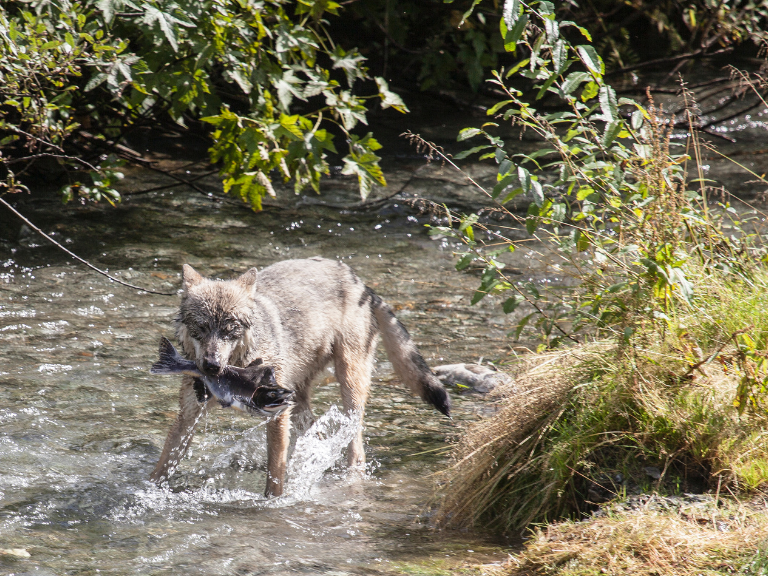 Shortly after the carcass is abandoned, crows and eagles arrive, disregarding the skin but consuming the flesh. The work is done, and the wolves return to ensure nothing is left.
Shortly after the carcass is abandoned, crows and eagles arrive, disregarding the skin but consuming the flesh. The work is done, and the wolves return to ensure nothing is left.
Almost 200 species in the forest, including wolves, crows, and eagles, rely on salmon as a vital food source. Each stage of the salmon’s journey poses new threats to their survival, but their sacrifice ensures the survival of many other species.
Fertilizing the Soil with Salmon
As bears and scavengers leave behind thousands of tons of decomposing salmon in the forest, these fish contribute over 80% of the fertilizing nitrogen in the soil. This stark difference is evident when comparing these forests to those lacking salmon in their rivers. It has been proven that coniferous trees in these forests can grow up to three times larger.
Forest Planters of the Sea possess an incredibly acute sense of smell, enabling them to locate the exact spot where they were born. It is there and only there that they fertilize the eggs laid by their partners, giving rise to a new cycle of life.
The Role of Native Americans
The Native Americans, particularly the Haida, who refer to themselves as “The Salmon People,” recognized the immense benefits salmon bring to different localities. However, they wondered why salmon didn’t ascend other rivers. Hundreds of years ago, driven by frustration and a lack of answers, the first nations embarked on a slow-developing enterprise with multiple benefits: they sought to solve the absence of these fish in certain waterways.
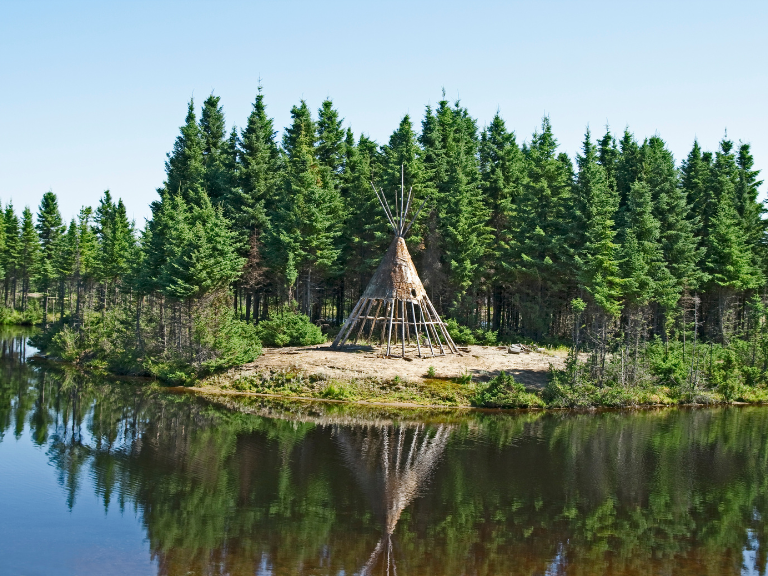 As soon as the eggs were fertilized in the upper reaches of a particular river, the Native Americans delicately collected them, placing them in cedar wood boxes lined with damp moss to prevent drying from the sun and wind. They then transported the eggs to other rivers, effectively “planting” salmon that would benefit other micro-watersheds.
As soon as the eggs were fertilized in the upper reaches of a particular river, the Native Americans delicately collected them, placing them in cedar wood boxes lined with damp moss to prevent drying from the sun and wind. They then transported the eggs to other rivers, effectively “planting” salmon that would benefit other micro-watersheds.
Salmon fulfilled all the needs of the early inhabitants of these lands. Their home extended beyond seas and rivers to include forests of cedar, oak, red maple, yellow birch, walnut, and ash, among others.
The Enduring Contributions of Forest Planters of the Sea
The temperate rainforests have been providing medicine, clothing, food, and construction materials to the Native American tribes for centuries. Today, this continues thanks to the persistent salmon with its delicious pink flesh—a fish that not only abundantly sustains us but also plants forests from the sea.

Periodista ambiental y de conservación colombiano, actualmente residente en Canadá.
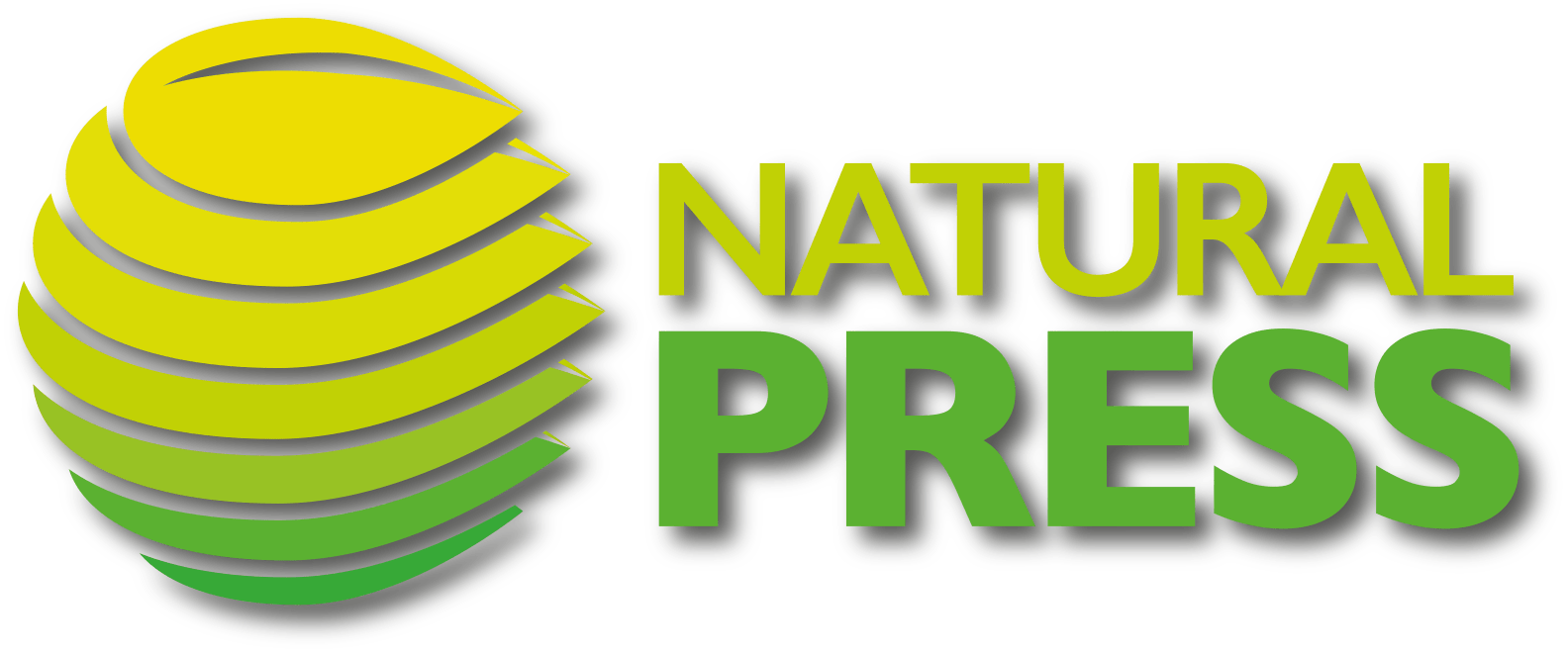
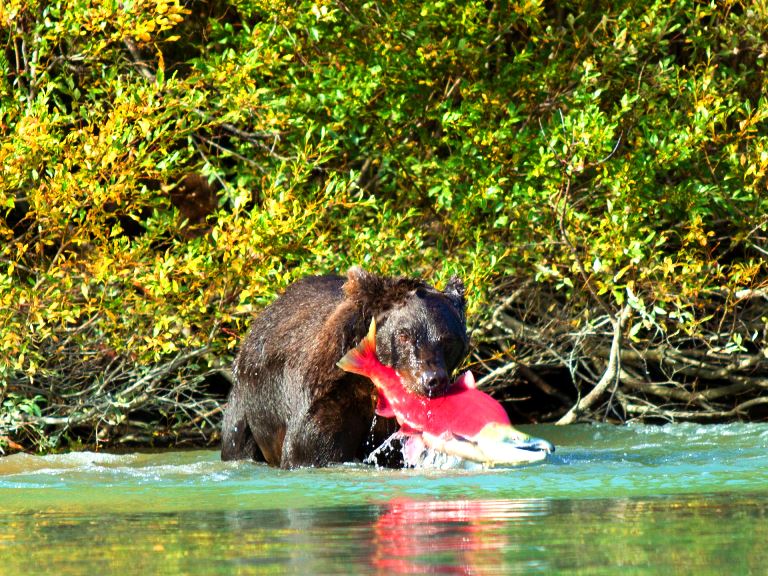


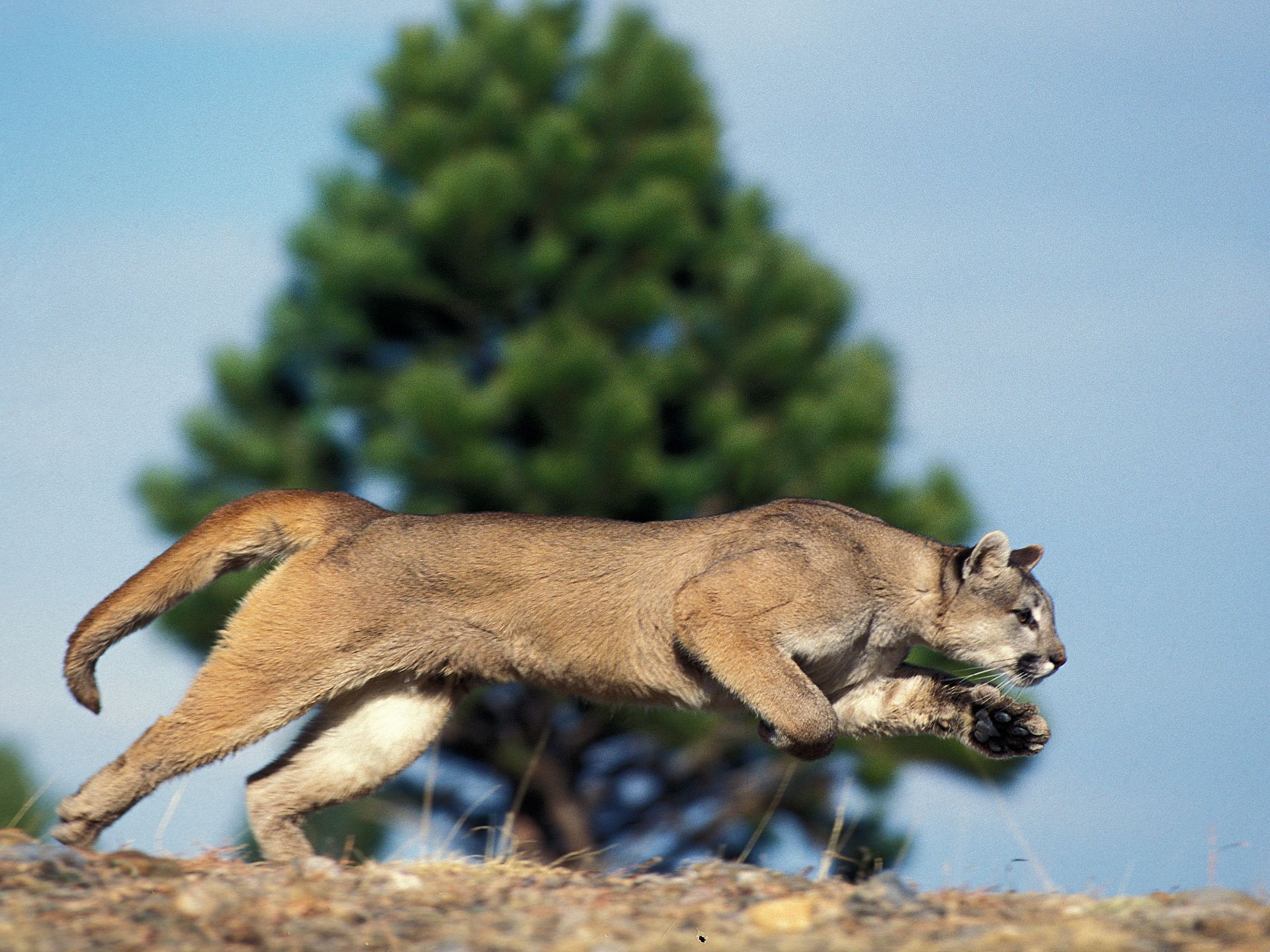
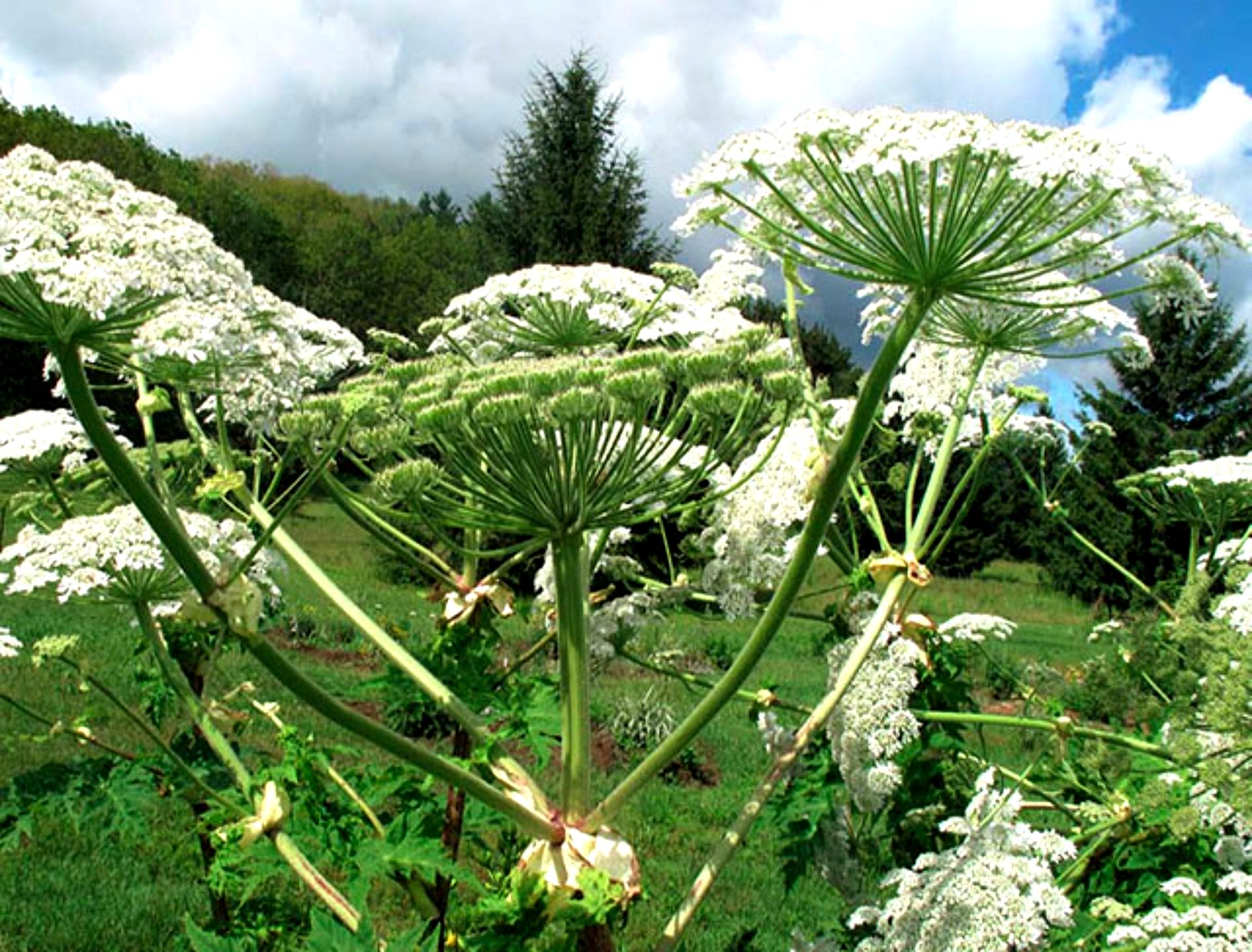
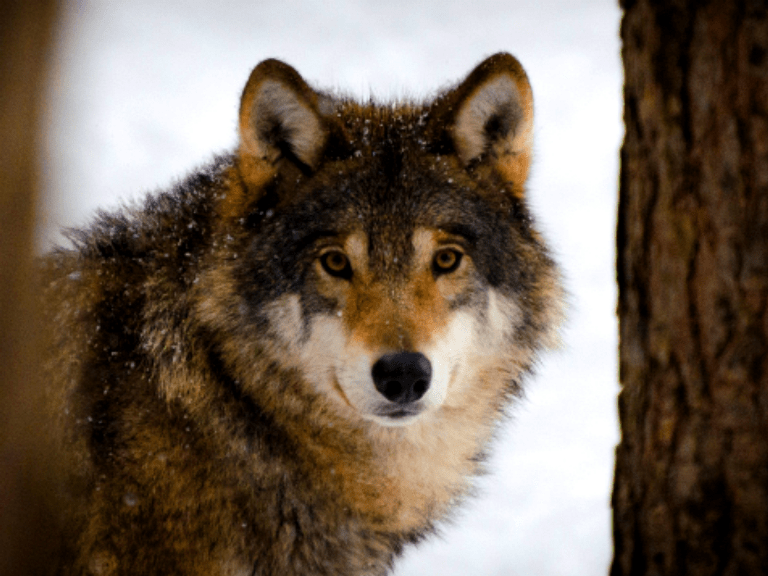
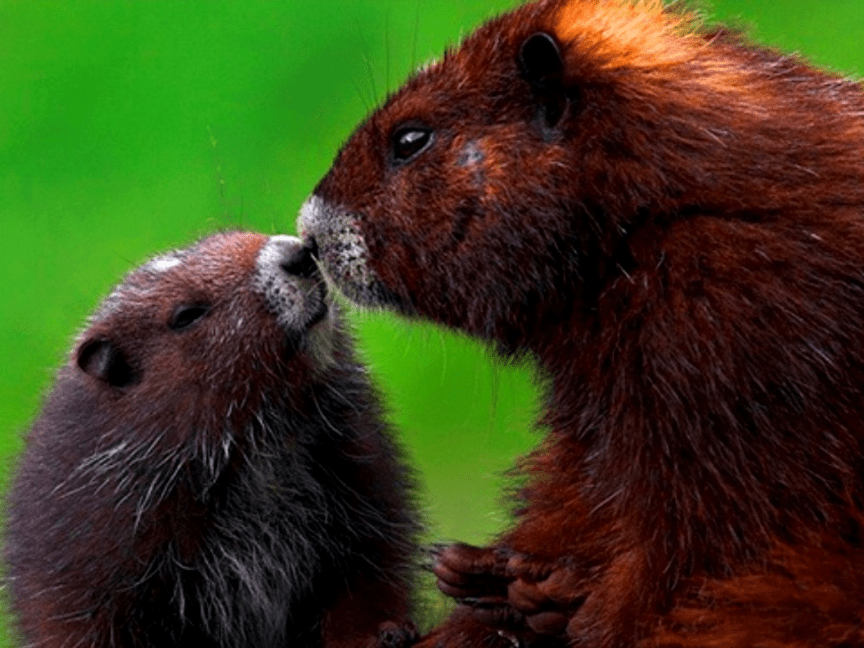
One thought on “Forest Planters of the Sea”